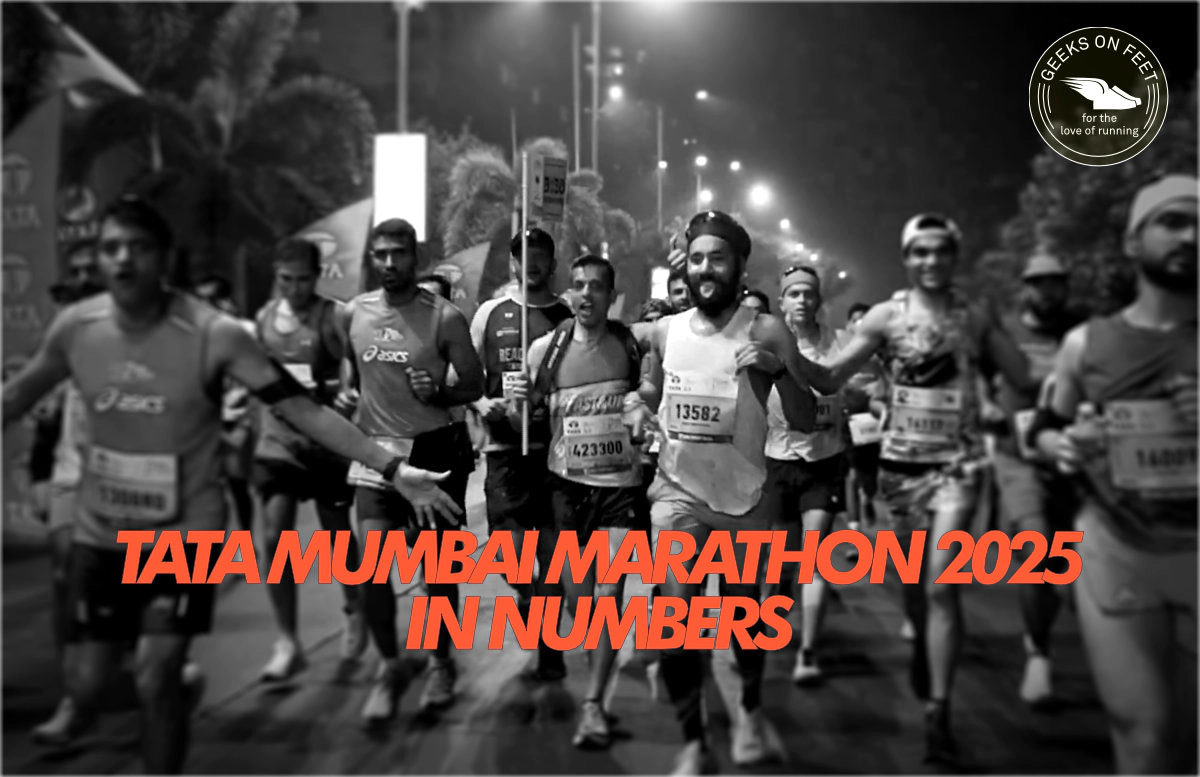
In the heart of Mumbai, the Tata Mumbai Marathon 2025 once again redefined what it means to push limits. Beyond the cheers and the electric atmosphere along the racecourse, the finisher data tells the inspiring stories of runners, albiet in a different way. This article delves into the numbers behind the finish line, uncovering insights.
Data Challenges
When we approached the race organizers and the official timing data partner for finisher timing data, and they’ve refused to share the same. They even communicated that we should not scrape the data, which otherwise is publicly available for every one to see. We had to manually sample data which added significant time to our analysis. We also couldn’t publish some of the finer trends this year. We acknowledge that this restrictive approach to data sharing appears unnecessarily limiting, and we raise this point in the hope of encouraging more open data practices by the race organizers in the future.
The 2025 edition of the TMM saw increased the finisher levels in Marathon category, with a 8.5% increase in finishers from the previous year in 2024, the highest so far in the race’s 20 year history. Notably, female finisher count surged by 19.5% from the previous year, underscoring a growing inclusivity of women in the marathon running.
While the marathon distances witnessed growth, the half-marathon saw a slight dip, possibly constrained by registration caps. This year, a slight decrease in finishers was observed in both male and female categories compared to the previous year. A total of 11,384 finished the half-marathon distance this year.
Continuing the trend from the previous editions, the 40-44 age group saw the most number of finishers, both in marathon and half-marathon categories. This distribution of Age categories is in-line with Global marathon and half-marathon participation trends.
Half-marathon distribution across age-categories is similar to the full distance. 40-44 age group has highest number of finishers followed by 45-49, and 35-39.
The Mumbai marathon course gets tougher in the second half, and hence the positive split finish is the most common. While we don’t have exact numbers, our manual sampling of about 1000 finishers in different time bins shows the following insights -
Half-marathon finishers have much better negative splits compared to full distance. 10% of have finished with equal/negative splits. Compared to the previous edition negative splits in half-marathon seem to have come-down (about 14% last year).
Negative split finish in a Half-marathon couldn’t be calculated accurately as there is no timing mat at mid-point. We’ve used 10K pace & race pace to estimate. While this is not very accurate, but probably is close.
Sub-3 hour finish is the ultimate goal for recreational runners. There are 60 sub-3 hour finishers in this edition, compared to 70 last year. What could be the reasons for this? Possible reasons -
Several media outlets cited the Tata Mumbai Marathon as Asia’s largest. Our analysis of major Asian marathons (AIMS certified) that happened in 2024-25 using manually sampled data, shows it is not the largest. It is however in the top 10 list. (Numbers below are rounded off for brevity)
Have you have liked these insights? If you have found any additional insights, we would love to hear from you. Please share with us via email or through any of our social media channels.
Compiled by Team GeeksOnFeet for the love of running